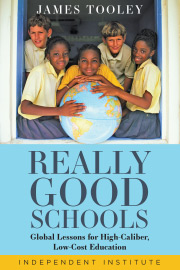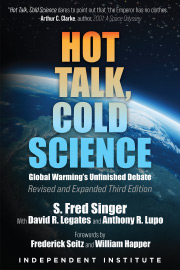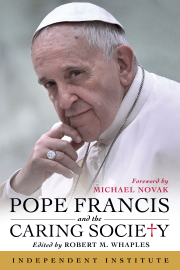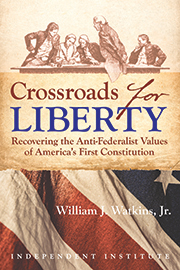Powerball and the Lucas Critique
As of this writing, the record-breaking Powerball official jackpot is some $1.3 billion, though this is misleading because a winner taking the lump-sum option would receive a check for “only” $806 million. With such a huge pot, many articles and blog posts are popping up, telling people that it actually makes financial sense to play the Powerball this particular time. However, many of these analyses completely overlook the role of other people playing, and even those that consider this factor tend to treat it as a fixed number. In reality, the best baseline result is to say that the bigger the jackpot grows, the more people who will play and hence the game once again takes on negative expected value. If you want to play for the psychic thrill, go ahead, but don’t let some quick arithmetic convince you that you’re making a savvy investment.
With the version of the Powerball game in place since October 2015, the probability of randomly picking the winning number is 1-in-292.2 million. If the cash lump-sum payout is $806 million, then one might calculate the expected value of a single ticket at about $2.75. If we factor in federal income taxes, the value of the ticket appears to be closer to $1.70. Since a Powerball ticket costs $2, we’re still in negative expected value territory.
However, these calculations overlook a crucial point about incentives: Even if the jackpot grew large enough to truly make such exercises yield a positive expected value, then that would induce people to buy more tickets. It would be quite foolish to rely merely on the results of a calculator, since there are presumably other people in the country capable of using a calculator as well.
To see the point, suppose the Powerball official jackpot somehow rose to $1.3 trillion, with a lump-sum payout of $806 billion. Running through the same calculations as above, we might get a ballpark gross expected value of one ticket equal to $1,700. That is far higher than the ticket price of $2, making it a no-brainer to play. In fact, in order to eliminate any risk, a hedge fund might devote $585 million to buying every combination of Powerball numbers. It would appear that by spending $585 million on tickets, the hedge fund could guarantee itself the $806 billion lump-sum payout. Who wouldn’t put up $585 million to win a guaranteed $806 billion?
Yet hold on a second. If one particular hedge fund sees this opportunity, why wouldn’t dozens more seize it? Yet it obviously can’t be the case that dozens of hedge funds can all guarantee themselves $806 billion from the same pot of money. In this contrived scenario, what would happen is that the dozens of hedge funds would all buy every combination of Powerball ticket, and so whatever the winning number happened to be, there would be dozens of winners splitting the pot. Realizing this, some of the hedge funds might buy multiple tickets for each possible number…until the point at which it no longer made sense to buy a ticket.
In the real world, people aren’t calculators, and of course the main driver of lottery purchases is the psychic thrill of hoping to win. There is nothing irrational or “uneconomical” about buying tickets with negative expected value, just as there is nothing irrational about buying fire insurance even though it has negative actuarial value. (Economists would classify these preferences as “risk-loving” and “risk-averse,” respectively, for certain ranges of income and expenditure.)
However, it is also the case that it can’t be a “smart bet” for the average person to play a game with the design of Powerball. Here’s the paradox: If it made sense for everyone to buy a Powerball ticket, then it would no longer make sense for everyone to buy a Powerball ticket.
The reason I included the “Lucas Critique” in the title of this blog post is that the episode is analogous to Chicago School economist Robert Lucas’s famous critique of the popular Keynesian macroeconomic models and policy prescriptions of the 1950s and 1960s. These econometric models would look at historical relationships between, say, price inflation and unemployment rates, and then tell policymakers to exploit them accordingly. But Lucas pointed out that if the government or central bank changed its policies, then the public would react in ways that might change the historical relationships.
For example, if in the past an increase of 3 percentage points in price inflation brought down unemployment by 2 percentage points, the central bank might try to cure a weak labor market by pumping in more money and boosting inflation. But once the labor union leaders caught on to this new pattern, they would demand cost-of-living adjustments in wage contracts. All of a sudden the old “Phillips Curve” would appear to shift, so that a given dose of price inflation no longer reduced unemployment as much as in the past.
In the context of Powerball, Lucas’s insight shows that looking at how many multiple winners there were in the past, has little bearing on what will occur with an unprecedented jackpot. To repeat, if it seems that “it’s a smart play to buy a ticket,” then lots of people will reach the same conclusion and buy a ticket–people who otherwise would not have played.













